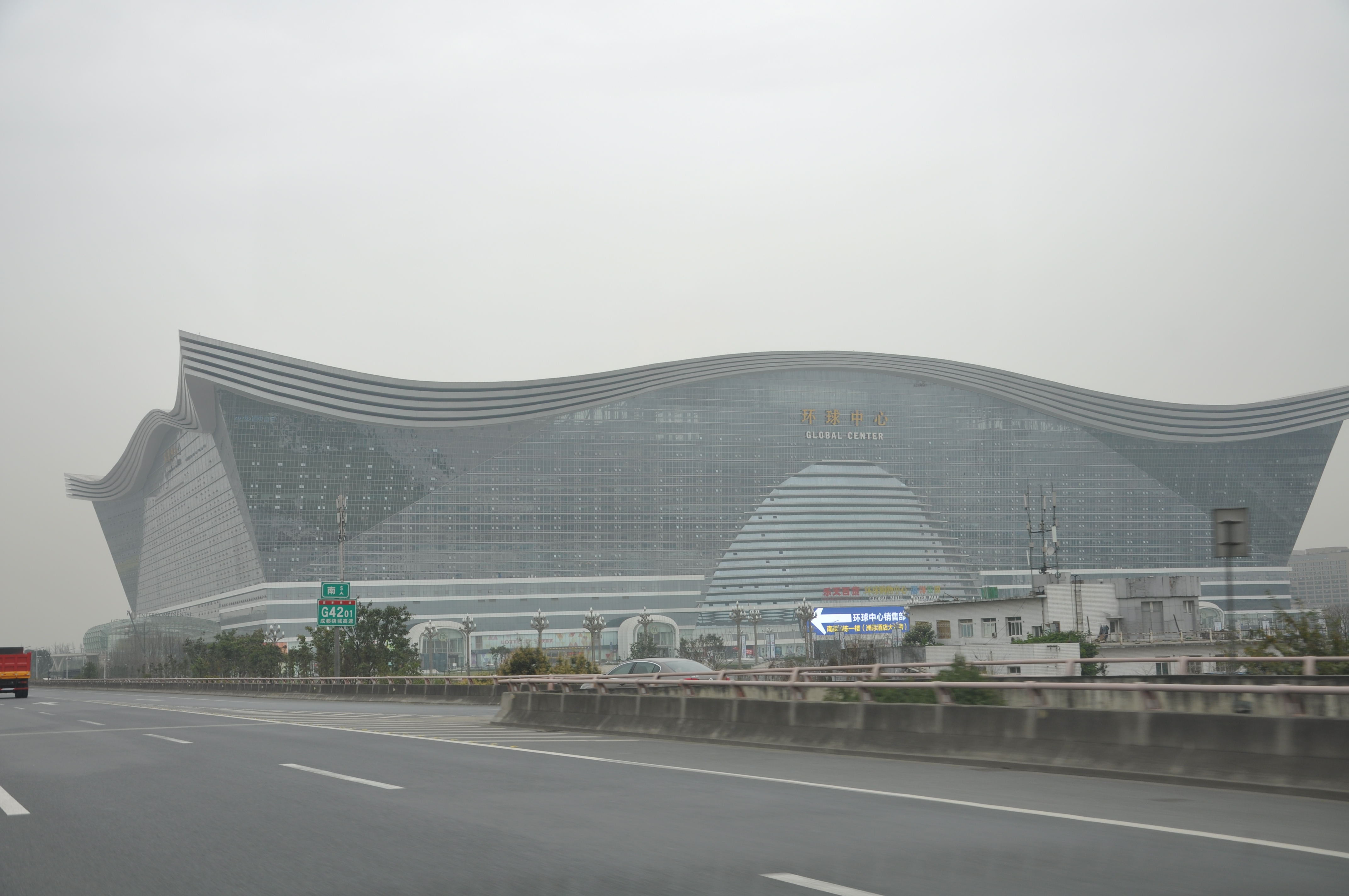

User Controls
Tech Lab
-
2019-10-02 at 3:41 PM UTCWind is caused by the flow of gases at a large scale
This is the largest building in the world and it's not large enough to have a flow of gases at a large scale.
The question I pose is; Is is possible to build a building so large that it gets wind? I'm thinking 30 million square feet with a bunch of jagged ridges and different temperatures.
Imagine if a city was a single building, would it generate wind indoors?
-
2019-10-02 at 3:42 PM UTC
-
2019-10-02 at 3:44 PM UTC
-
2019-10-02 at 4:03 PM UTCdesign dependent.
-
2019-10-02 at 5:13 PM UTCThe Goodyear air dock that they used to build blimps in and some Navy ships, is one of the largest buildings without interior structural supports. I’ve been in it, it’s amazing. If condensation builds up in there, it seems as if it rains inside.
Built and previously owned by the Goodyear-Zeppelin Corporation, later Goodyear Aerospace, it was constructed from April 20, 1929 to November 25, 1929, at a cost of $2.2 million (equivalent to $25.75 million in 2018[2]). The building was designed by Karl Arnstein of Akron, Ohio. At the time it was built, it was the largest building in the world without interior supports, and provided a huge structure in which "lighter-than-air" ships (later known as airships, dirigibles, and blimps) could be constructed.[3] The first two airships to be constructed and launched at the Airdock were USS Akron (ZRS-4), in 1931, and its sister ship, USS Macon (ZRS-5), in 1933. They were about 785 feet (239.27 m) long.
The building has a unique shape which has been described as "half a silkworm's cocoon, cut in half the long way." It is 1,175 feet (358.14 m) long, 325 feet (99.06 m) wide, and 211 feet (64.31 m) high, supported by 13 steel arches. There is 364,000 square feet (34 000 m²) of unobstructed floor space, or an area larger than 8 football fields side-by-side. The Airdock has a volume of 55 million cubic feet (or about 1.5 million cubic meters). A control tower and radio aerial sit at its northeast end. At each end of the building are two huge semi-spherical doors that each weigh 600 tons (544 000 kg). At the top, the doors are fastened by hollow forged pins 17 inches (43 cm) in diameter and six feet (1.83 m) long. The doors roll on 40 wheels along specially-designed curved railroad tracks, each powered by an individual power plant that can open the doors in about 5 minutes.[4]
The Airdock is so large that temperature changes within the structure can be very different from that on the outside of the structure. To accommodate these fluctuations, which could cause structural damage, a row of 12 windows 100 feet (30.48 m) off the ground was installed. Furthermore, the entire structure is mounted on rollers to compensate for expansion or contraction resulting from temperature changes. When the humidity is high in the Airdock, a sudden change in temperature causes condensation. This condensation falls in a mist, creating the illusion of rain, according to the designer.[5][6]
I believe it’s owned by Lockheed Martin now.
Scron can you post a pic of it for me? I can’t flip shit when I’m on my phone. -
2019-10-02 at 8:14 PM UTCThere was a capitol or some building supposed to be made so big that it would rain inside of it
They never made it -
2019-10-02 at 8:37 PM UTCair conditioning is wind controlled

